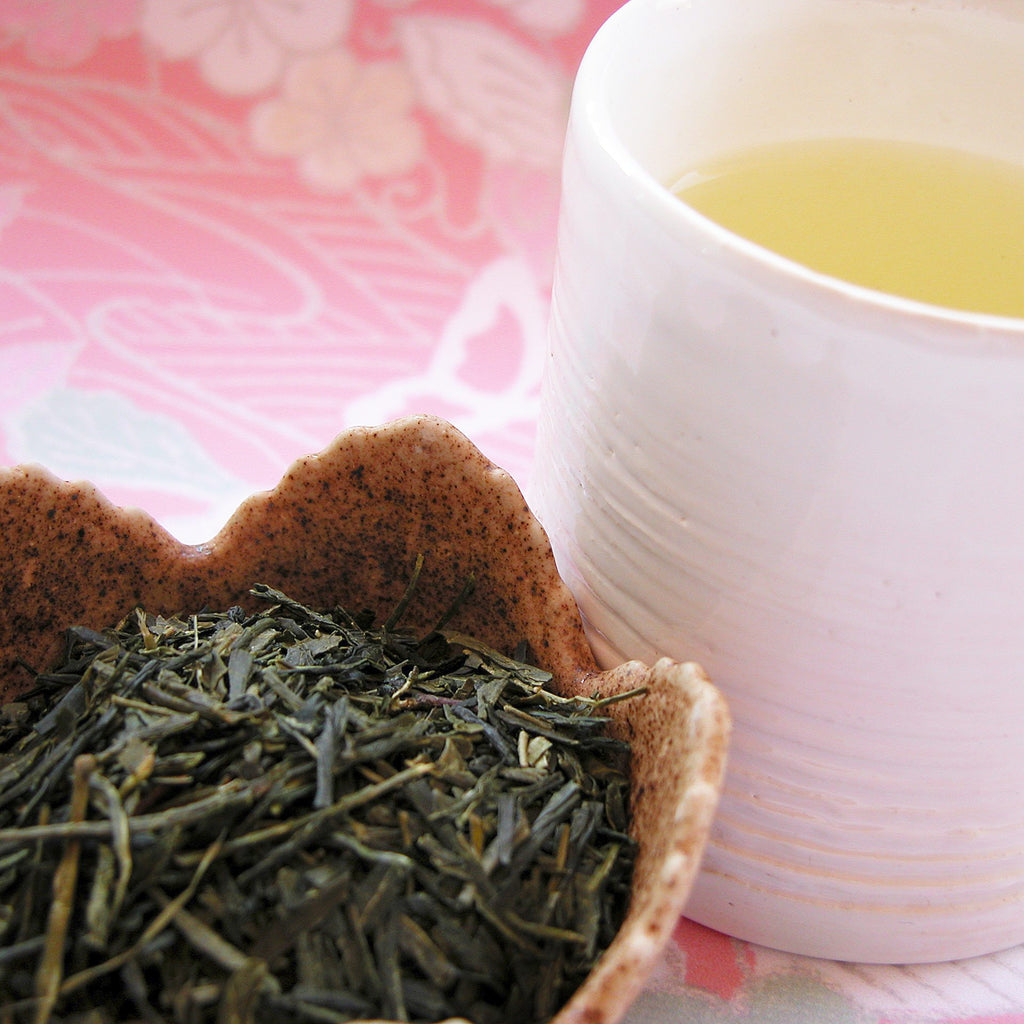Care needed in brewing green tea
Posted by GUEST BLOGGER .

The American Institute for Cancer Research offers the following background information on green tea, types of tea and how to brew them.
Green tea is defined as tea that has not been fermented, as black tea is, before the leaves are dried – and it’s not always green in color.
Although at least one type of generic green tea, usually packaged in tea bags, is available in most supermarkets, there are dozens of green teas, primarily from China and Japan. Japanese green tea varieties are considered the most readily available, although others can also be found in large cities or at Web sites that sell green tea.
Supermarkets specializing in organic foods usually carry a larger variety.
Green tea experts advise using the best quality possible and, since overbrewing can easily happen, the tea should be first brewed for half the time suggested in the package directions, then tasted to see if further brewing is desired.

The length of brewing time as well as the temperature of the water can affect the flavor and sweetness of green tea. The higher the water temperature, the more bitter and astringent the taste can become.
Green tea experts recommend using only filtered or bottled water, although some prefer filtered tap water, as many bottled waters contain less oxygen, an important factor in making green tea. Ideally, the teapot and tea cups should be warmed in hot water before use.
The most important rules in making green tea are: never boil the water in an aluminum pot, and never steep the tea in teapots or cups made of plastic or aluminum, which badly affect the taste.
Good choices for teapots are glass, which makes it easy to monitor the strength of the tea, china or porcelain. Although china or porcelain cups are most commonly used in China and Japan, clear glass mugs can enhance appreciation of the delicate color of most green teas.

Water should be below boiling temperature when added to most green teas.
One way to adjust the water to the right temperature is to bring the water to a boil, immediately remove it from the heat and allow the water to cool one to three minutes, depending on the amount of water used.
Ideally, tea should be made in a teapot with loose tea, in order to allow enough room for the leaves to “blossom,” or open, and move through the water.
More than 40 types of Chinese green tea are available in the United States, although many are only available through Web sites. About eight types of Japanese green teas are available, either at specialty stores or through Web sites. Less frequently, Korean, Thai, Vietnamese and Sri Lankan green teas can be found.
Some specifics:
- One of the most popular Chinese green teas is Dragon’s Well (or Lung Ching), a classic flat-leaf green tea. This tea, which is known for its smooth aromatic flavor, can be steeped up to two minutes.
- Snow Dragon, a Chinese green tea, is known for its complex and somewhat sweeter flavor and a more robust taste.
- Chinese Gunpowder Green Tea (also sold as Pearl Tea or Zhucha) is made with a blend of old and new leaves and can turn bitter if the tea is of poor quality or overbrewed.
- Sencha is the most commonly used tea for everyday use in Japan. It has a rich, emerald color and slightly tangy, full-bodied flavor.
- Bancha is another common Japanese tea but it usually lacks the delicate sweetness of Sencha. It has a light green color and a deep, robust flavor.
- Hojicha is similar to Bancha, but it is traditionally roasted over charcoal. It is known for its red-to-brown color and a deep aroma and taste.
- Genmaicha is known for its popularity among Westerners unaccustomed to green tea. This Japanese tea is unusual in that it also contains roasted rice. Some of the rice pops and looks like tiny popcorn kernels.
If you want to buy Green Tea, there are various kinds of Green tea in our website Teas.com.au
(By Detroit Free Press Inc, Aug 2005)
SHARE:

AUSTRALIA'S FINEST LOOSE LEAF TEAS
Explore Australia's largest selection of Premium Teas & All-Natural Organic Herbal Blends.


